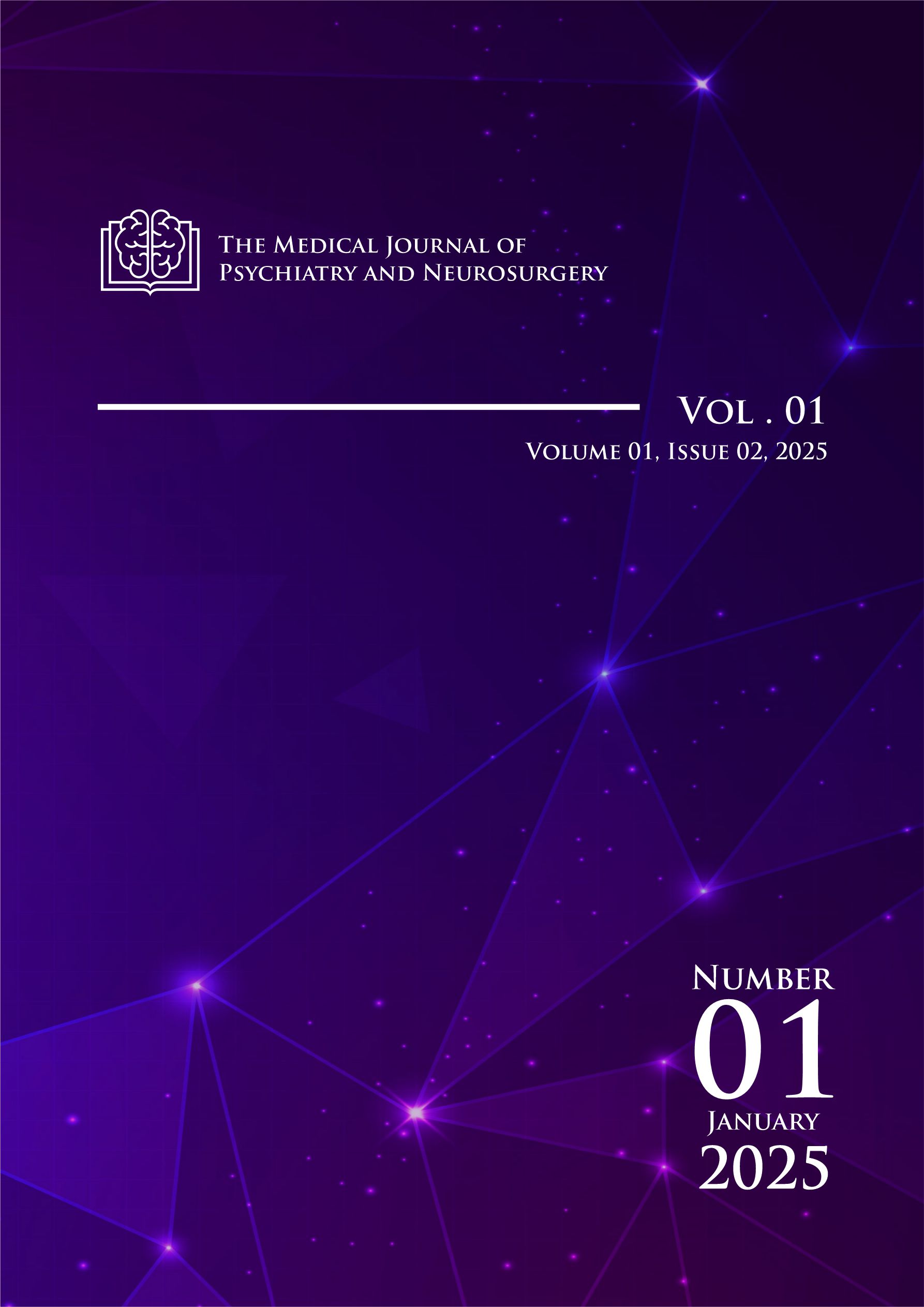Bright Light Therapy for Nonseasonal Depressive Disorders
Main Article Content
Abstract
Background: Bright light therapy (BLT) has emerged as a promising treatment for nonseasonal depressive disorders, with multiple studies exploring its efficacy and underlying mechanisms. Literature Review: A systematic review and meta-analysis (Perera et al., 2016) further elucidates the potential mechanisms by which light therapy alleviates depressive symptoms, particularly in individuals with circadian rhythm disturbances. However, the limited number of trials meeting strict inclusion criteria raises concerns about the robustness of the findings, emphasizing the need for more comprehensive research. The necessity of validating the efficacy of adjunct light therapy before its integration into treatment plans for major depressive disorder (MDD) is underscored by (Müller et al., 2018), who calls for investigations into the side effects of combined treatments. This concern is echoed in (Walsh, 2018), who contrasts light therapy with selective serotonin reuptake inhibitors (SSRIs), highlighting the complexities of establishing a standardized treatment regimen for non-seasonal depression. Historical perspectives on light therapy's applications in psychiatric disorders are provided by (Kaladchibachi & Fernandez, 2018), noting its success in treating seasonal affective disorder (SAD) and its potential for nonseasonal depression. Nonetheless, recent meta-analyses have raised questions about the statistical significance of therapeutic effects, indicating the need for rigorous investigations. Conclusion: In conclusion, the literature collectively underscores the potential of bright light therapy as a viable treatment for nonseasonal depressive disorders, while also highlighting critical gaps in research that necessitate further exploration. Addressing these gaps will be essential for optimizing the clinical application of light therapy and enhancing its integration into treatment protocols for mood disorders.

